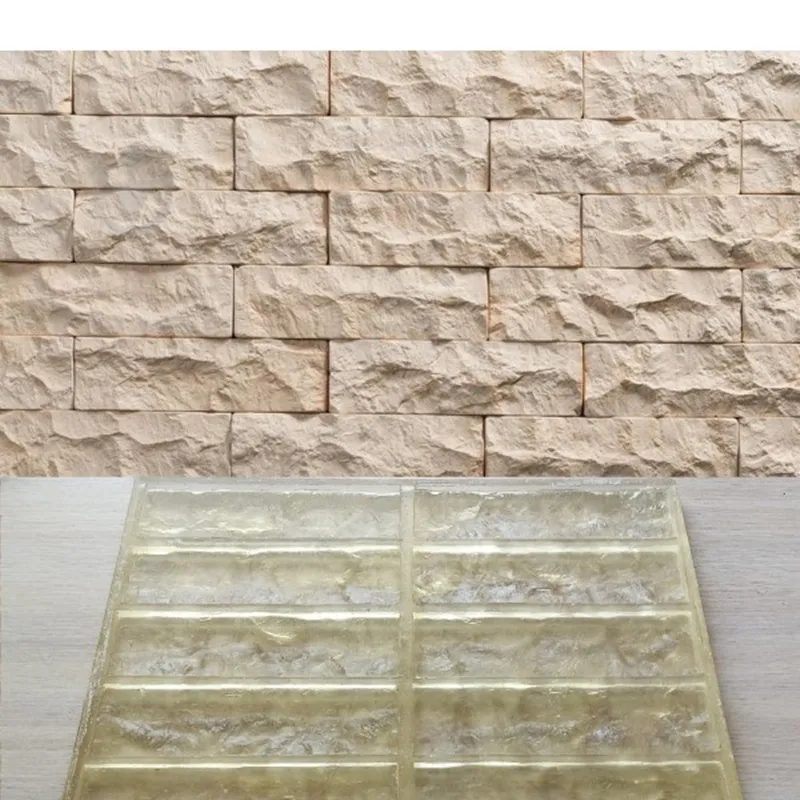In the world of crafting, artistry, and manufacturing, mold making is an essential process that allows for the creation of intricate and identical pieces. The success of this process largely depends on the type of rubber used. With the vast array of options available in the market, choosing the best rubber for mold making can be a daunting task.
Silicone Rubber: The Gold Standard
Silicone rubber stands out as the most popular choice for mold making, and for good reasons:
Versatility: Silicone rubber is suitable for a wide range of applications, from candle making to concrete casting.
Durability: It boasts a high resistance to heat, ensuring that the mold lasts longer even under frequent use.
Detail Reproduction: Silicone captures every minute detail, making it perfect for intricate designs.
Ease of Use: It’s generally easy to mix and pour, making it user-friendly even for beginners.
Polyurethane Rubber: The Flexible Choice
Another top contender in the mold-making world is polyurethane rubber. Its unique properties include:
Flexibility: Polyurethane molds are bendable, making them ideal for complex shapes.
Cost-Effective: Generally, polyurethane rubber is more affordable than silicone.
Quick Curing: It sets faster, which can be advantageous for mass production.
The Biggest advantage: as the perfect durable, it’s the best choice for stone&concrete mold making

Latex Rubber: The Natural Option
For those looking for a more natural alternative, latex rubber is an excellent choice. Derived from rubber trees, it offers:
Eco-Friendliness: Being a natural product, it’s biodegradable and environmentally friendly.
Elasticity: Latex molds can stretch without tearing, suitable for pull-out casts.
Paint Adhesion: Paint adheres well to latex, making it great for artistic applications.
Factors to Consider When Choosing Rubber for Mold Making
Purpose: Determine the end product. For food-related molds, ensure the rubber is food-safe.
Budget: While silicone is superior in many ways, it might be pricier. Choose based on your budget constraints.
Lifespan: If you’re looking for molds that last longer, invest in high-quality rubber even if it’s a bit more expensive.
Conclusion
In conclusion, the best rubber for mold making largely depends on the specific requirements of the project. Silicone rubber, with its versatility and durability, is often considered the gold standard. However, polyurethane offers the best durability, flexibility and cost-effectiveness, while latex stands out as the natural option. By considering the purpose, budget, and desired lifespan, one can make an informed decision that ensures the success of their mold-making endeavors.
Note: Always ensure to follow safety guidelines when working with rubbers and resins, and work in a well-ventilated area.


